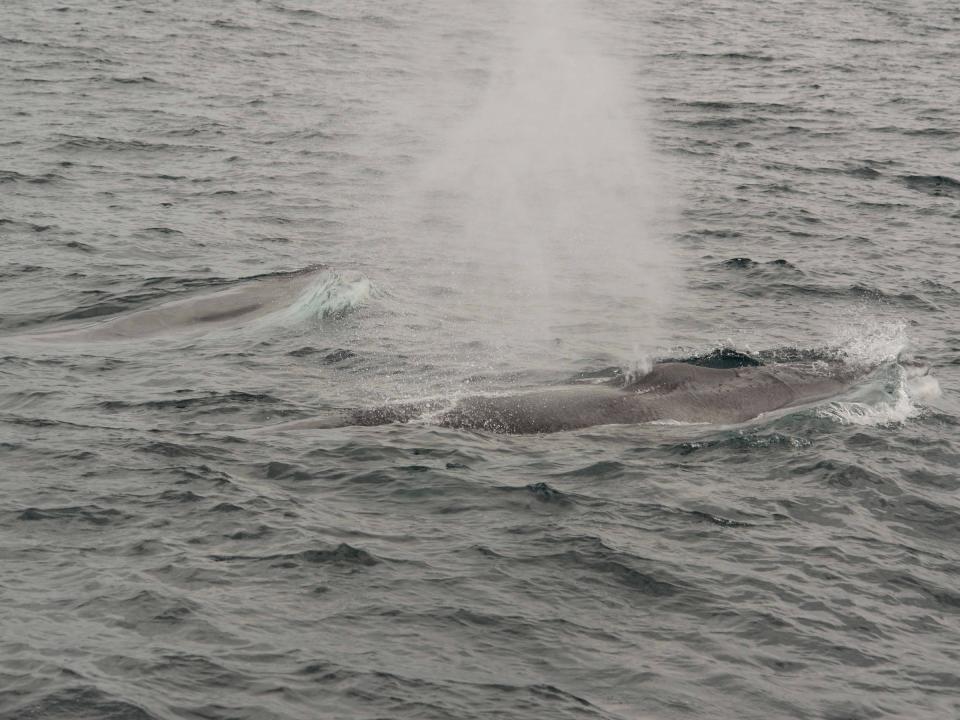An acoustic buoy just detected one of the planet's biggest animals in New York's waters

A.H. Kopelman for CRESLI
Scientists from the Wildlife Conservation Society’s (WCS) New York Aquarium and the Woods Hole Oceanographic Institution (WHOI) deployed an acoustic buoy into the New York Bight on June 23, 2016.
Their intention was to essentially eavesdrop on the marine life passing through the coastal waters between the eastern tip of Long Island and the Cape May inlet of New Jersey in order to improve their conservation strategies.
Since being deployed, the buoy has detected multiple vocalizations. The first occurred on Monday, July 4, but the most recent whale voices came through just yesterday on July 28. And these vocalizations aren't coming from just any whale — they are coming from a fin whale.
The fin whale is the second largest animal on the entire planet. It is second only to the blue whale.
Fin whale populations were hit hard for a significant portion of the 20th century. According to the World Wildlife Foundation, almost 750,000 fin whales were killed in the Southern Hemisphere from 1904 to 1979. Today, the species is elusive so their status in much of the world remains unknown. But scientists do know that the whales are easily injured or killed by ship strikes. They also often become entangled in fishing gear.
Fin whales can reach up to 70 feet in length and can weigh up to 70 tons. They are characterized by their pointed snout, a streamlined shape, a distinct ridge along their back behind the dorsal fin, and a bright white line under their lower jaw.
Dr. Howard Rosenbaum, Director of WCS’s Ocean Giants Program and co-lead of the WCS New York Aquarium-WHOI project, hopes that scientists will be able to better understand what these whales are doing in New York's waters because this could lead to improved conservation strategies in the future.
NOW WATCH: A doctor reveals the cure for hiccups that works every single time
See Also:

 Yahoo Finance
Yahoo Finance 
